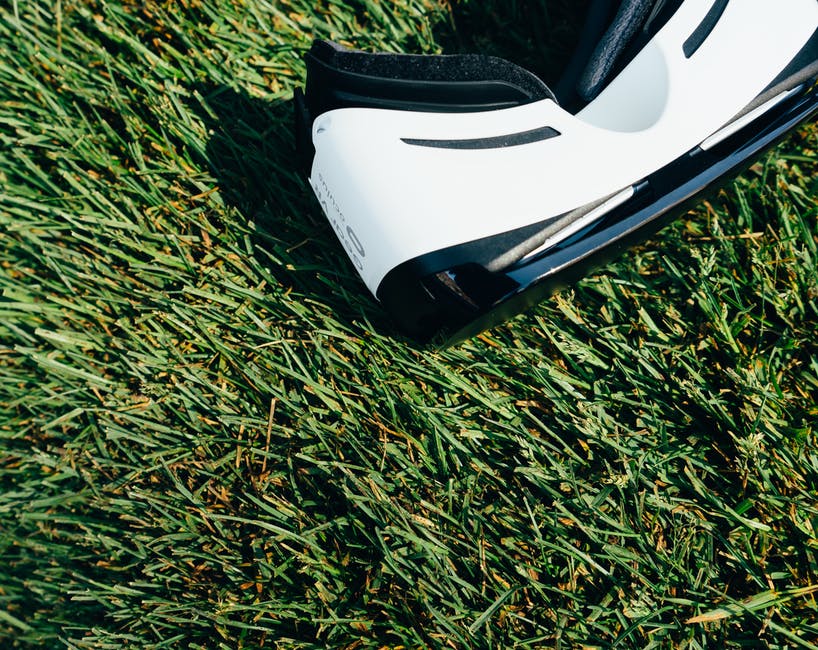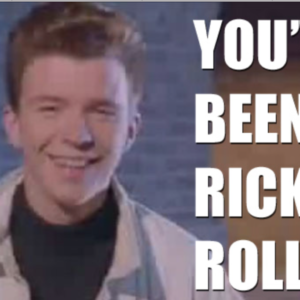VR: The Next Chapter

June of 2017 I finally finished my duties as a student for Christopher High school and will be beginning the next chapter of my life in pursuit of earning a higher education at San Jose State University where I will major in business with a concentration in marketing. After an extremely successful internship at CircleClick the summer of 2016 learning about digital media and search engine optimization, I was lucky to be welcomed back by the amazing Anne Ahola Ward, CEO of CircleClick and COO of UploadVR, to intern for a second time at a new office, working for both companies.
UploadVR is a “multi-faceted company focused on accelerating the growth of both the augmented and virtual reality industry.” My first day working at UploadVR’s San Francisco location, I immediately felt welcomed by both teams. The office space can be described as simple with pops of color brought by the eclectic paintings adorning every blank wall space, a well cultured space where everyone seems passionate about the next era of both augmented and virtual reality.
Upon my first hour in Circle Click’s new office, Avi Horowitz, the expansion manager of UploadVR’s San Francisco location took me on a tour of the office. Noticing my lack of experience in the world of VR, he offered me a demonstration of Oculus Rift. I played a couple of games, from archery to virtually swimming underwater with what seemed like a life sized sperm whale. Among all of the games I was privileged enough to play, my favorite was the most simple application: Tilt Brush. What set apart Tilt Brush from the other platforms is how it can take art to a level it has not reached before. Instead of an artist surrounding their art as they draw on a flat canvas, an artist is surrounded by their art; they are able to both expand and minimize, as well as walk right through what they have created. I am not an artist by any means, but after getting familiar with the application, I realized how therapeutic it can be. I was astounded by the powerful ability VR has to essentially “con” my brain into thinking I am somewhere I am actually not. In the Tilt Brush application you are set in a galaxy-like environment. With the Oculus goggles on, there is no visible platform underneath your feet. It feels as if you are walking on air. While I was aware I was not actually in such an environment, I still found myself scared to walk in fear of falling.
Feeling completely mind-blown having experienced some type of VR other than Google Cardboard, I decided to do some research of my own, specifically in regards to the connection between mental health and virtual reality.
Tweets I found interesting include:
People are using VR to help battle #addiction, pain & PTSD by taking a journey into a different world. #healthtech https://t.co/qFPllz6rjY
— RF Health Innovation (@RFHCInnovation) July 22, 2017
Men’s Journal states that in 2014, the Canadian Government spent $34,000 on two Bravemind applications. Bravemind is more than a therapeutic reminder of past traumatic events soldiers have suffered. The technology is nothing less extraordinary. Integrated in the application is a scent machine that can emit strong smells of gunpowder or diesel fuel at certain times to strengthen the experience.
Virtual Reality Therapy: Treating The Global Mental Health Crisis https://t.co/2zQhJLynfO # via @techcrunch
— The Brain Charity (@TheBrainCharity) June 17, 2017
Tech Crunch provides several examples of the types of mental disorders and phobias VR can treat, such as fears of flying, heights, public speaking, public places and blood. Applications that are being and have been developing for these issues include: CleVR, Psious, and Virtual Ret.
Via @RealClearLife-How Virtual Reality is Revolutionizing Treatment 4 Mental Health & Substance Abuse https://t.co/b2MacxlHhs #ptsd #Veteran
— JBWJR (@GWashingtonInde) June 30, 2017
Real Clear Life states that a small study conducted in 2014 concluded that Bravemind System, a VR platforma that helps combat veterans overcome their PTSD by re-living their traumatic experiences from Iraq and Afghanistan, helped 7/10 patients showed improvement in their PTSD symptoms by 30% or more.
—
Through reading these articles, I was able to correctly prove my theory that there is a very real connection between the use of VR in aiding mental health. There are many rehabilitative and meditative applications that can prove to help tremendously when it comes to mental health disorders and phobias. Unfortunately these applications are not yet available for mainstream use, due to the obviously high prices of such a groundbreaking technology. However, as long as the medical field begins to embrace such a way of curing, VR will undoubtedly be in the very foreseeable future.


